Modular. Dense. Affordable. Customizable. For Everyone.

(Photographs:Suyin Chia, Cristian Martinez / Archdaily)
The Los Angeles Times reported last week that homelessness rose nearly 10% last year, despite an all-time high level of funding for homelessness services: 1.3 billion dollars. The flashing red lights of decades of failed policy are becoming harder to ignore every day. Housing is the cornerstone of all of our lives and necessitates modern solutions. We here at Twenty-First Century Design want to explore not only how to house 75,000 people living on the streets, but how to create an equitable, robust housing system that works for everyone. Rather than focus on the failed policies of the past, lets investigate what policies have proven to work and what modern solutions to housing can solve the seemingly impossible. Then, we will look at some of the best designs and architecture for Twenty-First Century housing.
The goal is simple:
HOME OWNERSHIP FOR ALL
First of all, lets talk about something that is easily missed by local policy: the housing crises is a crises at all levels of affordability, not just at the very bottom. Decades of discriminatory policies have forced those who are not rich and white to lose out on the greatest piece of wealth building in the world: real estate. There is a yawning gulf between those who own their home and make free money from its value and those who lose money on having a roof over their heads every month. A modern solution to housing means empowering every American to own where they live. We want the most-vulnerable to have not just a roof over their heads, but the American dream: home ownership. Security. Dignity. Working towards this goal will include a wide variety of policies encompassing taxation, real estate, and ownership. But remember the goal is everything: home ownership.

Mario Lopez sleeps on a bus stop bench in Echo Park and was included in the 2023 Greater Los Angeles Homeless Count. (Gina Ferazzi / Los Angeles Times)
Part I: Homes for the Homeless
It is important to remember that many people have grown to not trust any shelters or public housing. Many for good reason. These people, like everyone, have a right to live in a tent and some will not live anywhere else. Policies at the first level of home ownership should be focused on public campgrounds. It is absolutely imperative that these campgrounds have services included with regular maintenance. These people need what we all need: food, medicine, safety.

A city-sanctioned encampment for homeless people in Los Angeles includes 70 tents and provides bathrooms, showers and 24-hour security. (Anna Scott/KCRW)
Easy to say, right? Lets just draw some lines on a parking lot and boom, the most endangered people are elevated to an absolutely basic standard of living. For only $2,600 per tent, per month. If that sounds absurdly high, it's because it is. But there are a few factors which are critical to keep in mind. First of all, public services are incredibly limited. Basic medicare, food, hygiene - the ability to fulfill these needs have been privatized to the point that when someone is unable to pay for these services, it requires a much larger investment. And lets be clear: putting people in prison is far more expensive (an average of about $105,000 per year.
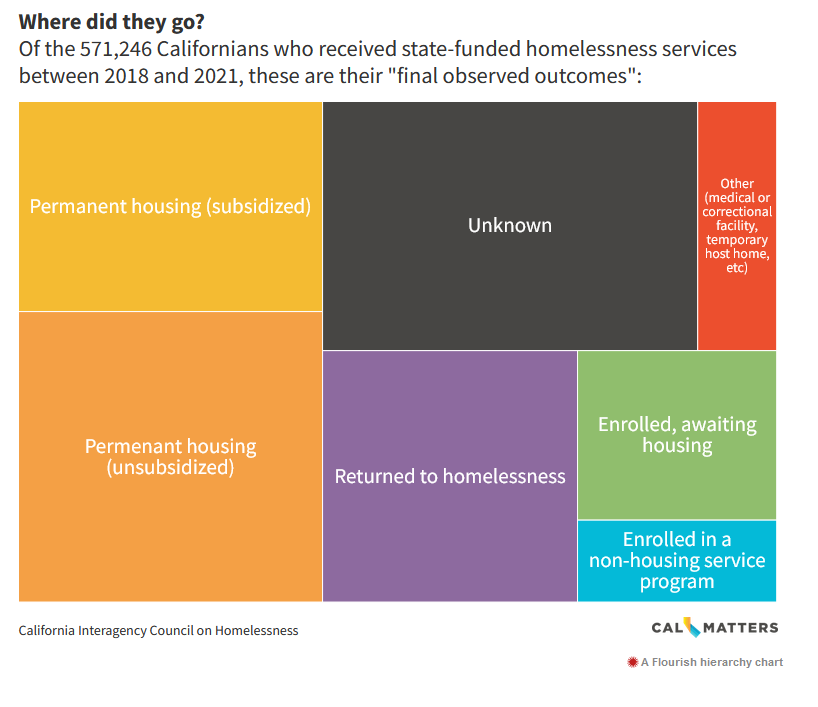
Part II: Densify. Densify. Densify.
The next step is massive manufacturing operations of modular apartment units. For the most at-risk, supportive housing with services attached. These dormitory-style units will be the bare bones beginning of a multi-tiered system of housing production. For those who do not require supportive services, micro-units function as a stepping stone to more permanent accommodations. After that, units are combined into two and three bedroom units for families. Take a look at the Watts Works Apartments in Los Angeles, built from modular contruction:
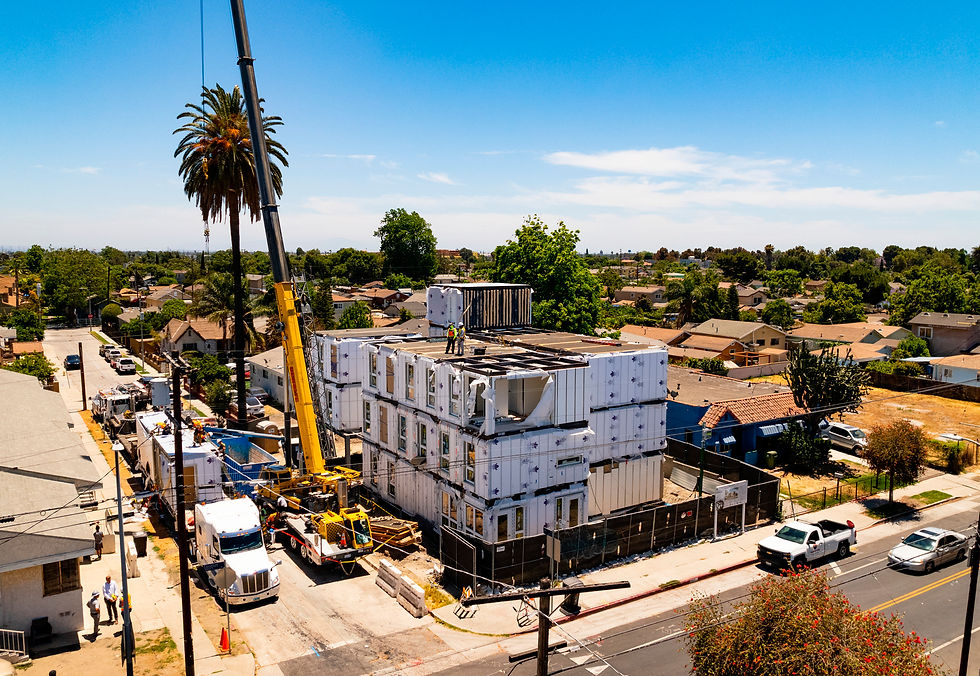
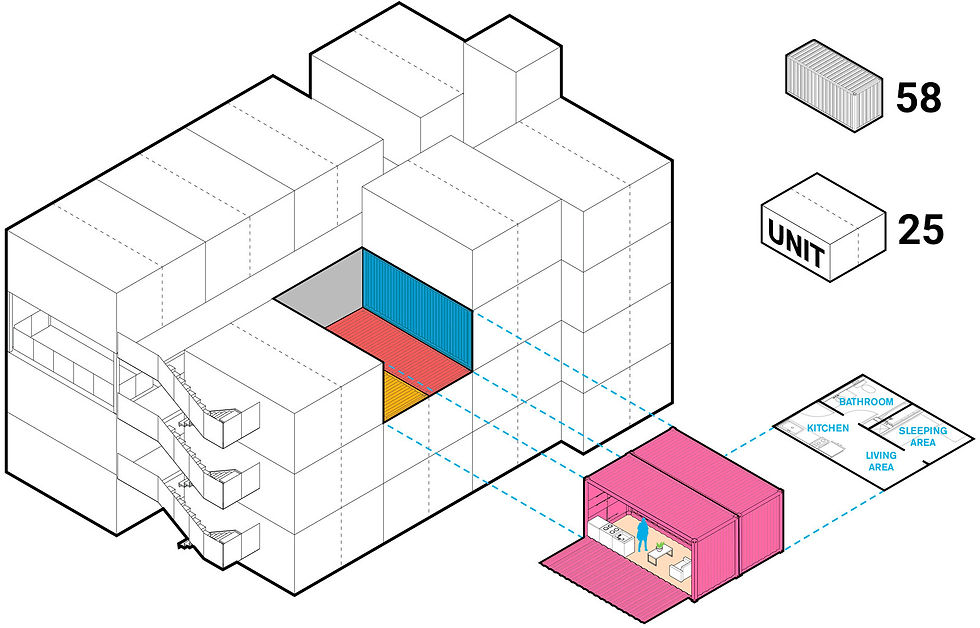

The advantages of modular construction are multitudinous, but the most relevant advantage is price. The largest cost in almost any construction in California is labor costs. Modular construction limits the amount of on-site construction to minimum, which is always worth the shipping price.
Part III: This is my home. I am not leaving.
Despite all its flaws, home ownership is integral to the Twenty-First Century. It is important, however, that we promote an equitable, cooperative form of ownership that does not destroy our environment the way so much of suburban design does. If you still dream of owning a home like this:
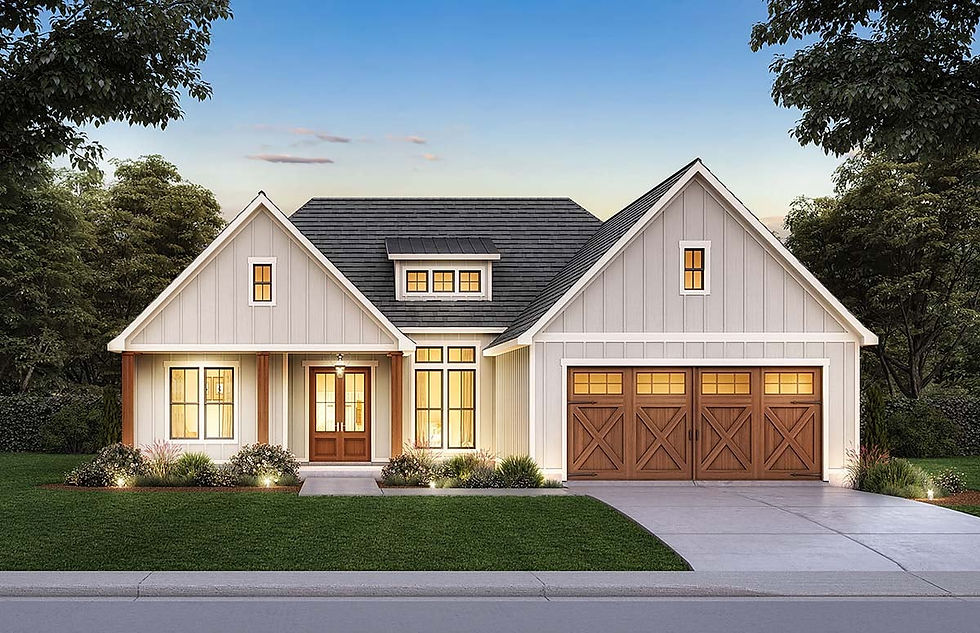
Or this:
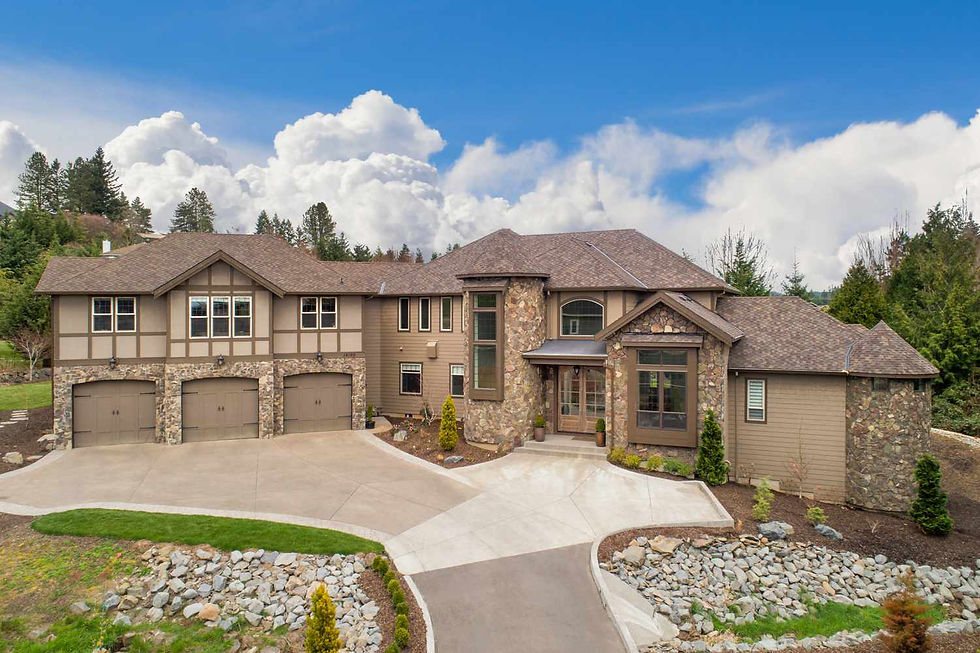
Then understand that public policy cannot afford to cater to you. Single family detached housing is simply too ecologically damaging to receive any tax benefits. Housing developments for small groups of detached housing on huge plots should be met with skepticism and additional environmental mitigation requirements. In contrast, lets examine what public policy could be better focused on:
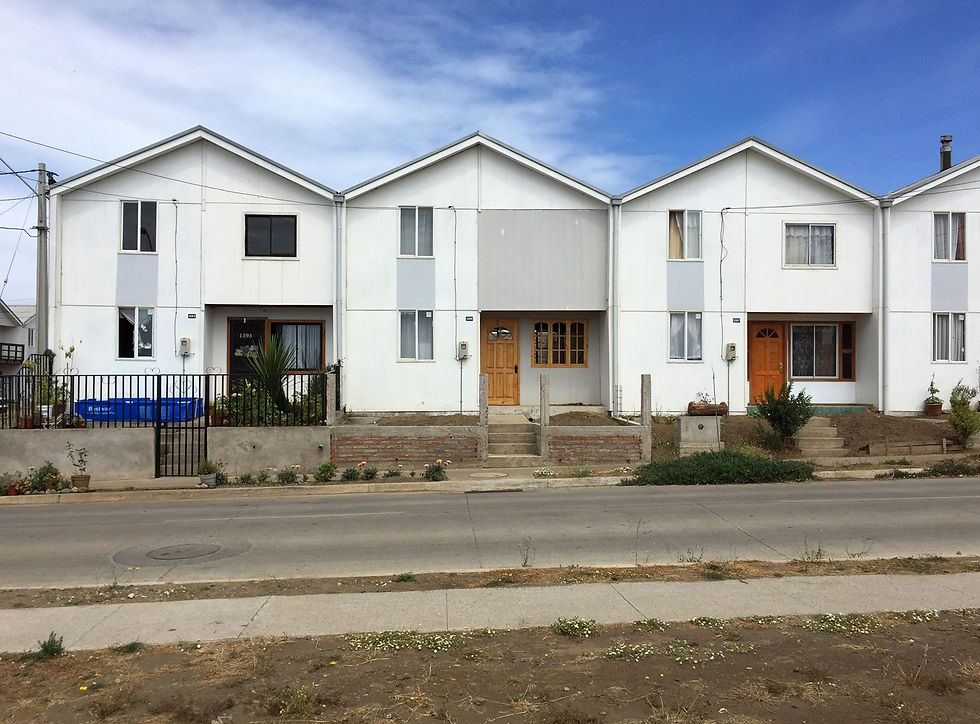
Villa Verde Housing in Chile employs a clever solution to two issues with higher-density housing: lack of individuality and customization. Each home is only half-built, leaving the decision to the resident of how they want to complete their home. Some use the space as garage or storage, others build additional bedrooms, still others build offices or dens. This simple decision creates a diverse neighborhood where the homeowner can define their own space.
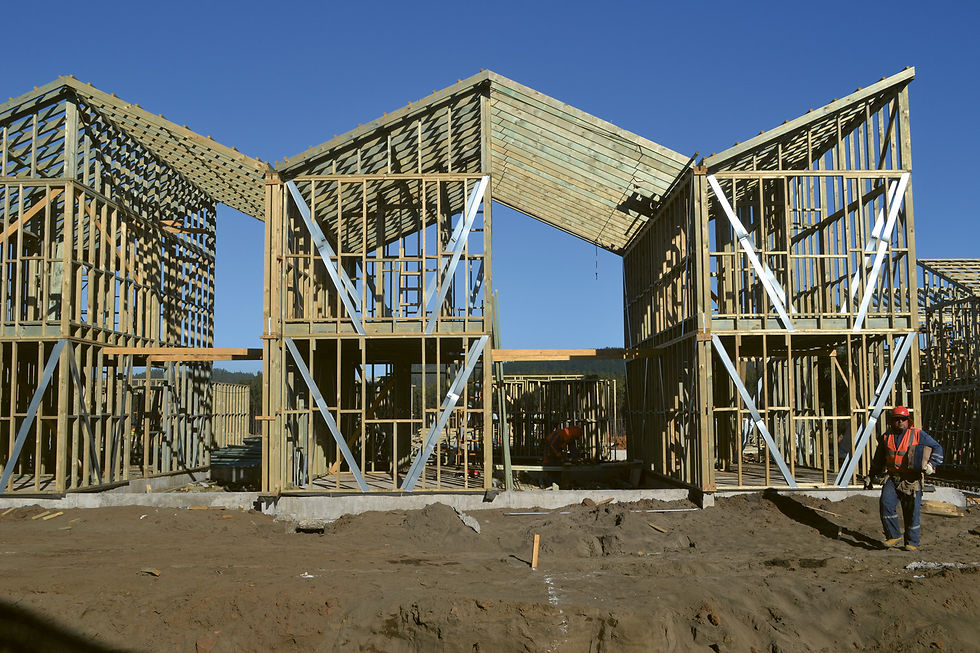
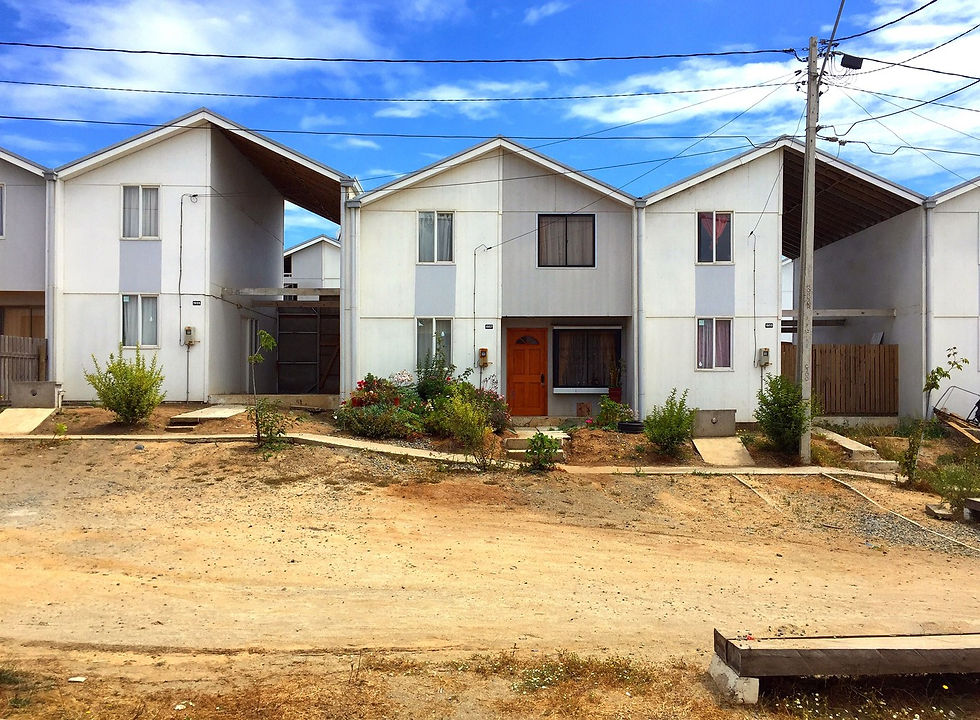
Check back for more updates!
Comments